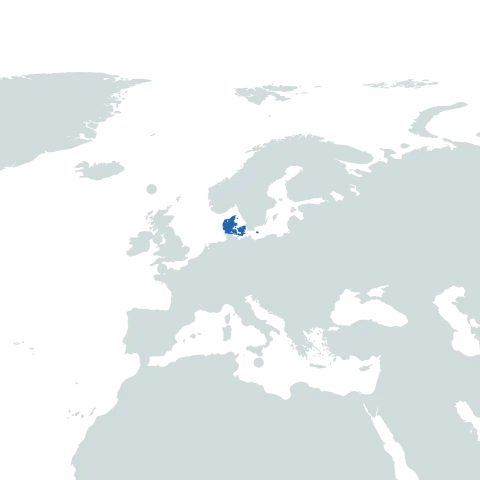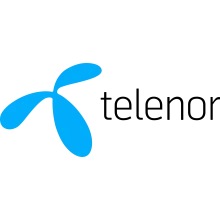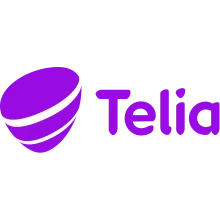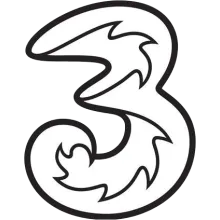Denmark, a Scandinavian country comprising of a peninsula and hundreds of islands, is renowned for its cutting-edge technology and telecommunications sector. The country's geography, with a predominantly flat terrain and coastal areas, provides a conducive environment for technological infrastructure and renewable energy solutions. Given its relatively small population of about 5.8 million people, evenly distributed across the country, Denmark has been able to implement an extensive, high-quality broadband network, ensuring connectivity even in remote areas. The country also leads in renewable energy innovation, with over 50% of its energy sourced from wind power and a 100% 2030 renewables target, a testament to its strengths in harnessing its geographical features for sustainable solutions. Unique challenges, such as island connectivity, have been addressed with extensive underwater cabling and use of Starlink satellite technology.

5G in Denmark
The Nordic Council, which includes Sweden, Iceland, Norway, Finland, and Denmark, established an action plan to ensure the region remained a leader in 5G technology development. The Danish 5G Action Plan, released February 2019 by the Danish Ministry of Energy, Utilities and Climate presented four main strategic pillars: frequencies, deployment, regulation and application. The ministry announced assessments of operators to share networks and to solve the remaining barriers of 5G network rolling out. The action plan detailed 5G was to be deployed in 2020 initially over the 3.5 GHz band and later over 26 GHz mmWave band.
Mobile Network Operators
The are 4 companies operating mobile networks in this region.

Telenor Denmark, originally known as Sonofon, is a major telecommunications operator in Denmark. The company was established in 1991 as a joint venture between GN Store Nord and BellSouth Corporation. It was granted the license to operate Denmark's first GSM 900 mobile network and launched its services in September 1992. In 2000, GN Store Nord sold its stake in Sonofon, and in 2003, Telenor ASA, a Norwegian mobile telephone company, acquired BellSouth's stake, making Sonofon a subsidiary. In 2006, Sonofon merged with Cybercity, another Danish telecommunications company, to form an alliance...

Telia Denmark is a prominent telecommunications company operating within Denmark. It was established in May 1995 following the liberalisation of the Danish telecommunications market. The company is a subsidiary of Telia Company, a Swedish multinational telecommunications company. Telia Company holds the majority stake in Telia Denmark, reinforcing its position as a key player in the Nordic and Baltic telecommunications markets.
A network sharing agreement between Telenor DK and Telia was forged in 2012, resulting in the establishment of a common infrastructure company (TT-Netværket P/S) to...

3 Danmark is the smallest and most recent mobile network operating in Denmark. Formed as a joint venture between CK Hutchinson Holdings (60%) and Investor AB (40%), the company began operations in October 2003. The company is a wholly-owned subsidiary of CK Hutchison Holdings, a multinational conglomerate based in Hong Kong. The brand was officially founded on March 3, 2003, in Hong Kong, and has since then expanded its operations to several countries, including Denmark. Three Denmark, along with Three Sweden, operates a common network covering most of the two countries, allowing customers to...

YouSee (TDC), Denmark's largest quadruple play service provider, was established as a result of a long evolution in the country's telecommunications sector. The company's origins can be traced back to 1963 when Jydsk Telefon, a regional telephone company, first showed interest in cable television. However, it was not until 1985 that the Danish Parliament (Folketing) allowed regional companies to develop a nationwide cable TV infrastructure. In 1990, a new law enabled the creation of a nationwide Danish telecom, Tele Danmark, which became the parent company for existing regional companies. By...